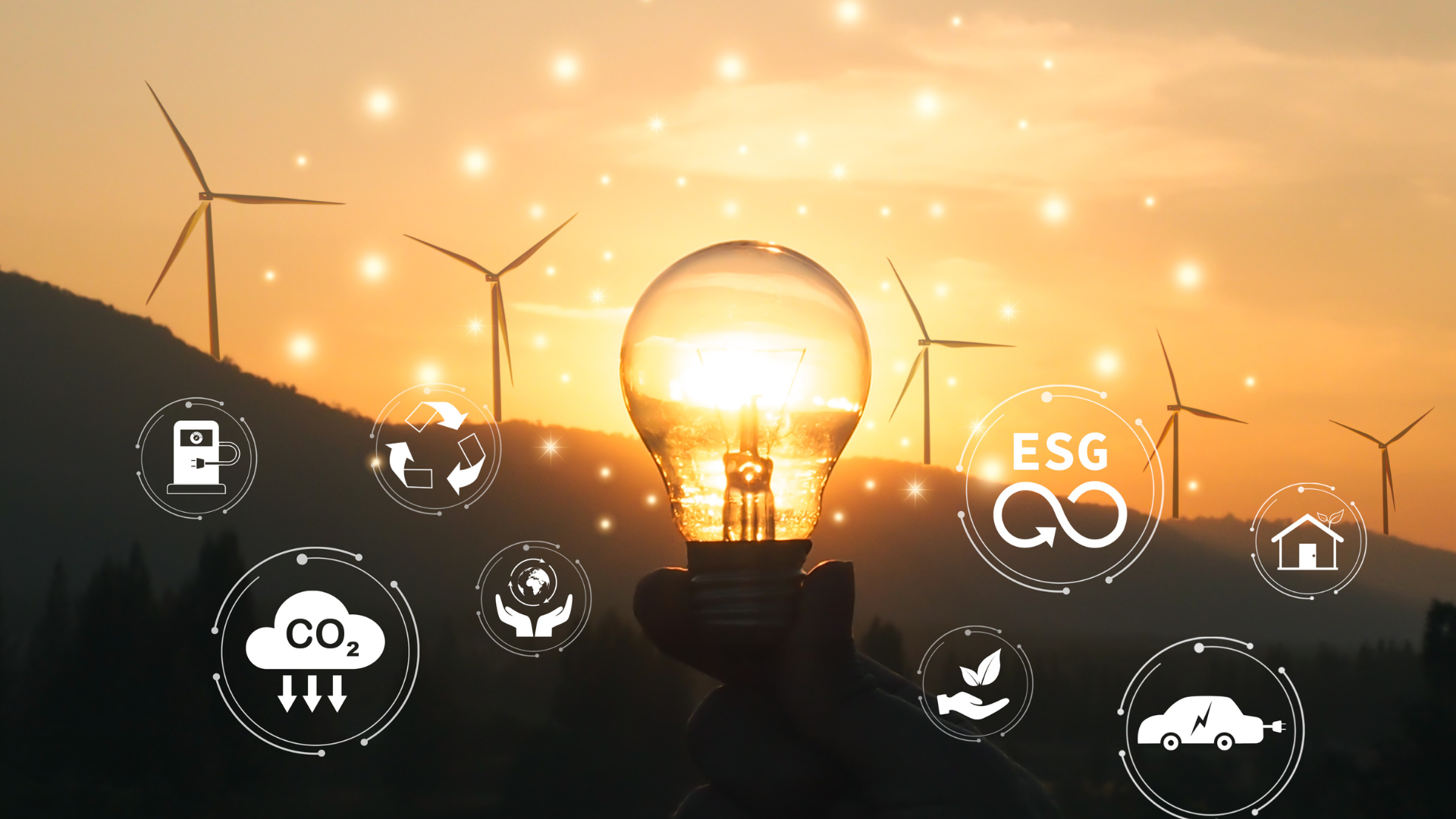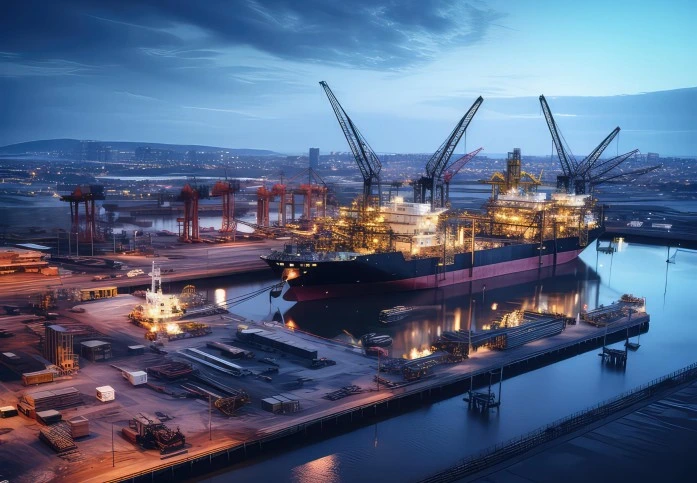In today’s world, energy optimization is more than just a cost-saving measure—it’s a key driver for sustainable business growth. Optimizing energy usage has become essential as industries face increasing energy costs, stricter regulations, and environmental concerns.
Research shows that companies can achieve 15 to 30 percent savings in energy costs by using a holistic approach that combines technical energy optimization solutions with site and equipment optimization, pricing, and operational levers to create substantial and sustainable change.
Let’s explore energy optimization and sustainable business growth in more detail.
What is Energy Optimization?
Energy optimization refers to enhancing energy efficiency in an organization or system to decrease energy consumption, costs, and environmental footprint. This includes monitoring and modifying energy consumption habits, implementing more efficient technologies, and optimizing operations to ensure energy is utilized reasonably and sustainably.
This may encompass:
- Replacing equipment or systems with energy-efficient options.
- Adopting demand response or load management energy-saving strategies.
- Tracking energy usage and shifting operations to minimize waste.
- Minimizing the use of non-renewable resources by renewable energy.
Suggested Read: Unlocking Large-Scale Energy Efficiency
Why Energy Optimization is Imperative in Manufacturing?
Sustainable energy optimization has emerged as a significant focus in manufacturing industries as energy costs rise and environmental concerns mount. Continued demands for decarbonization while managing growing energy consumption are putting pressure on manufacturers to adopt energy-efficient practices.
Companies can dramatically reduce energy costs via technologies such as smart meters, analytics-based optimizations, and site design. Leveraging strategic energy sourcing and embracing green energy also aids in creating sustainable, cost-efficient operations.
Adopting energy-efficient technologies and implementing energy-efficient consumption not only contribute to lowering energy bills but also prove a manufacturer’s resolve toward sustainability and competitiveness in the long term.
Let’s break it down into three primary reasons –
Regulatory Compliance
Energy regulations are strict for a reason: the push for lessened carbon footprints and greenhouse gas emissions is around us all the time. Manufacturers must conform to a host of local, regional, and international standards, including the Energy Efficiency Directive (EED) or ISO 50001.
Energy efficiency optimization strategies also help manufacturers comply with regulatory standards and avoid potential costs from fines and penalties. Compliance is important for license maintenance, positioning, and good standing with regulators.
Risk Mitigation
In today’s volatile energy market, fluctuations in energy prices and availability can pose significant risks to manufacturers. In the absence of energy optimization, businesses are exposed to these market fluctuations, which can directly impact production costs and operational stability.
As manufacturers adopt energy-efficient technologies, renewable energy optimization solutions, and grid-smart management systems, they reduce their exposure to price volatility and security against future supply chain disruptions and ensure business continuity.
Cost Savings
One of the biggest operating costs for manufacturers is energy. Energy optimization provides a massive opportunity for cost reduction via energy consumption reduction with the soaring energy prices. Integrating energy-efficient equipment, smart monitoring systems, and real-time optimization tools will enable manufacturers to reduce their overall energy consumption.
In addition, switching to green energy, like solar or wind, can save you money in the long run and reduce your reliance on costly power from the grid. Not only do these savings reinvest into innovation, research, or other areas of the business, but they also increase the bottom line and improve the business’s bottom line.
Impact of Energy Optimization on Sustainable Growth
Effective energy optimization is urgently needed, as reports like Global Warming 2023 stress the importance of reducing emissions for a sustainable future. Energy efficiency optimization is essential in reducing resource consumption, minimizing waste, and helping meet global climate targets. This approach is a key driver for transitioning to a low-carbon economy, fostering environmental sustainability while improving energy security.
Energy Management Systems (EMS) play a pivotal role in this process. By monitoring and analyzing energy consumption, EMS enables industries, commercial spaces, and homes to maximize efficiency, reduce energy use, and significantly reduce greenhouse gas emissions. This not only supports the reduction of carbon footprints but also contributes to broader sustainability goals.
Energy efficiency is economically beneficial. It lowers operational costs by reducing energy consumption and enhances energy security, leading to more resilient business operations. Environmentally, it plays a significant role in reducing carbon emissions, mitigating the effects of global warming, and promoting climate change solutions.
As nations integrate energy optimization into their climate action plans, they align with global commitments like the Paris Agreement. This strategic approach boosts national and global resilience against climate challenges, supports a shift toward cleaner, more sustainable energy systems, and contributes to long-term economic growth.
Strategies for Energy Optimization
Businesses can adopt various strategies to effectively optimize energy usage and promote sustainability. These approaches can reduce consumption, improve efficiency, and lower operational costs. Here are some key strategies for energy optimization:
Energy Audits and Assessments
Energy audits and assessments are essential for identifying inefficiencies in energy usage. By systematically evaluating energy consumption, businesses can pinpoint areas for improvement, recommend cost-effective solutions, and develop tailored strategies to reduce energy waste, optimize performance, and achieve long-term savings.
Process Optimization
Process optimization involves implementing site and operational processes that boost energy efficiency. Incorporating energy-saving measures, redrafting workflows, and squeezing out bottleneck effects streamlines production and saves energy, creating a more efficient process without compromising on product quality or environmental impact.
Technology Upgrades
Upgrading technology is key to energy optimization. By investing in modern, energy-efficient equipment and systems, businesses can significantly reduce their energy use. Advanced technologies, such as smart sensors, automation, and energy-efficient machinery, help optimize operations, reduce waste, and lower overall energy costs, supporting sustainable growth.
Conclusion
Ingenero helps businesses achieve energy optimization and power plant optimization by providing tailored sustainability solutions. Through energy audits, performance tracking, and advanced technologies like AI and IoT, Ingenero enhances energy efficiency across operations.
By using real-time data, predictive maintenance, and digital twins, businesses can reduce emissions, cut costs, and align with environmental regulations. Ingenero’s approach empowers businesses to meet sustainability goals while optimizing productivity, ensuring long-term growth and profitability in a low-carbon future.




